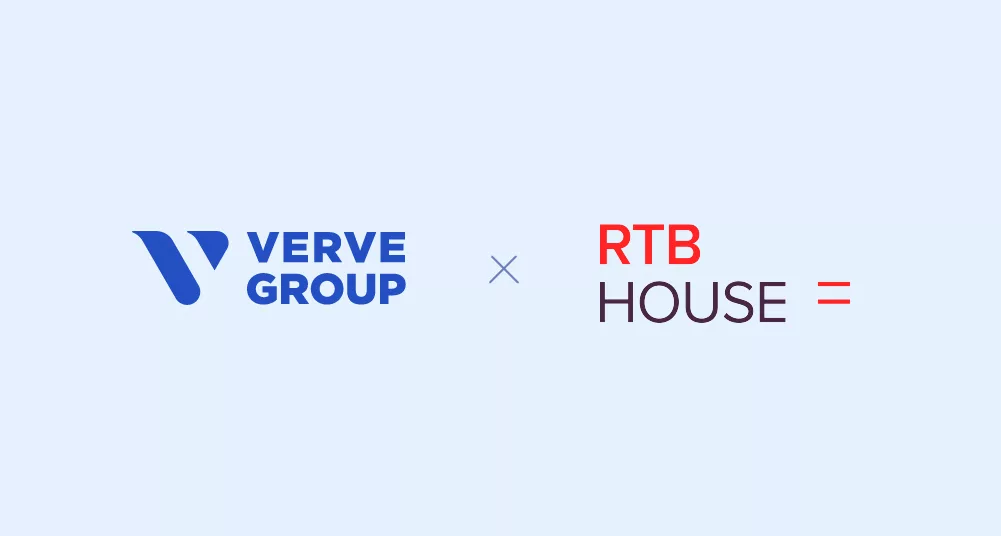As we approach 2024, data privacy takes center stage as a primary concern in digital marketing. For SSPs like Smaato (now part of Verve), it’s about leveraging the power of technology to redefine industry standards, driving campaigns to new heights of success. For forward-thinking DSPs, RTB House shares how they navigate the complexities of data privacy while building trust and credibility with users. In this illuminating discussion, Łukasz Włodarczyk, VP of Programmatic Ecosystem Growth & Innovation at RTB House, provides unique insights into the strategies employed by industry leaders to navigate the evolving landscape of digital marketing and data privacy.
How are DSPs preparing for the cookieless future, especially in terms of adapting to privacy-centric solutions?
We’ve been proactive, recognizing early on that identity-less advertising was transitioning from a mere possibility to an established reality. Over the past four years, we have entirely re-engineered our technology, ensuring that privacy isn’t an afterthought but rather the foundation of our design.
We believe that initiatives like Google’s Privacy Sandbox will not only address all privacy-centric advertising needs but will also place a renewed emphasis on the value of first-party data in our industry. To ensure seamless navigation through this changing environment, we are integrating both probabilistic and deterministic identity solutions into our offerings. These strategies will serve as robust tools to bridge any gaps while the industry adapts to a more privacy-centric paradigm.
Furthermore, we’ve developed advanced capabilities in contextual targeting. Our DSP is not only primed to support identity-less advertising but is also adept at leveraging the power of contextual insights. This ensures that ads are relevant and resonate deeply with the audience, regardless of the shifts in the digital landscape.
Given the limitations of first-party data, how do DSPs plan to address the challenges associated with acquiring, activating, and leveraging first-party data for smaller brands and advertisers?
Tailored advertising has been the cornerstone of activating advertisers’ first-party data. Delivering retargeting solutions for a decade has required a nuanced perspective on the evolving challenges faced by advertisers. For advertisers grappling with limitations in their first-party data access, we advocate a multi-pronged approach:
- Harness the rich potential of a publisher’s first-party data
- Merge contextual data with state-of-the-art deep learning data models to elevate campaign efficiency
- Utilize tools like natural language processing (NLP) and GPT to, enable a more nuanced understanding of user needs and behavior
How does a DSP use AI and machine-learning technologies to enhance ad targeting, audience reach, and overall campaign performance without relying on individual identifiers?
We’re committed to deep learning data modeling. From day one, our ethos has been rooted in two core principles:
Advertiser-centric data ownership: We view each advertiser as the rightful custodian of their data. This perspective has led us to adopt a unique approach where we maintain separate data silos for every advertiser. We firmly believe that blending data across advertisers compromises its integrity.
Optimization with first-party data: This dedication to data integrity, while setting us apart, admittedly placed us at an initial disadvantage against platforms that freely amalgamated data across advertisers and publishers. But this challenge was our crucible. It compelled us to develop unparalleled bidding and optimization models that exclusively harnessed the power of first-party data from individual advertisers.
Do advertisers view mobile and CTV as siloed channels, or have you seen the channels coming together in a truly unified channel strategy?
We’re acutely aware of the shifting dynamics of the advertising landscape, especially in the context of channel unification. While permissible signals remain that enable viewing these channels as unified entities, the longevity and privacy implications of using IP addresses and deterministic personally identifiable information (PII) data remain uncertain.
We are keenly monitoring initiatives that seek to address these concerns. The Privacy Sandbox for Android has indeed made strides in this direction, but there’s an evident need for greater cohesion and alignment among leading stakeholders in this advertising segment.
For the time being, what remains clear is the efficacy of sophisticated data modeling. By harnessing partitioned publisher data, we can effectively navigate the current challenges and deliver robust solutions. This methodology not only respects user privacy but also ensures advertisers maintain a granular insight into their campaigns. It’s this adaptive, informed approach that sets our strategy apart and ensures we remain at the forefront of the industry’s evolution.
Parting thoughts
While data privacy isn’t a new concern, it continues to create new challenges for businesses. Navigating complex regulations and consumers’ expectations, companies strive to harness data’s potential for their digital strategies. With shifting digital advertising practices — especially the departure from device IDs — Apple’s SKAdNetwork and Google’s Privacy Sandbox have emerged to offer distinct pathways to revolutionize ad tech while prioritizing privacy. But no need to worry — Smaato and Verve’s solutions and innovative partners have you covered. We are committed to guiding you through the complexities of privacy, ensuring your success every step of the way.
This interview was originally published on Smaato’s blog. Smaato is part of Verve.









